Vegan footwear solutions: Mohop, made in USA
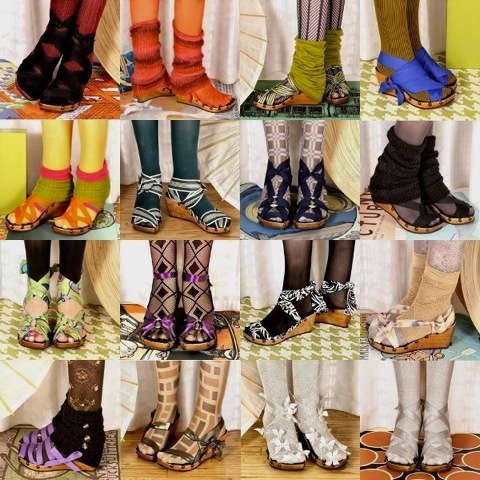
In sustainable, ethical fashion plastic does not necessarily equal vegan. The origins of the materials, the way the materials are processed and disposed of, and the working conditions under which the products are made, all determine if a pair of shoes is truly vegan or not.
In the US, Mohop sandals are some of the most unique and creative solutions to the challenges of manufacturing vegan footwear. What Mohop brings to the international market is high quality, customisable, vegan footwear, handmade in Chicago by local female cobblers.
Founded by architect Annie Mohaupt, Mohop Inc. launched its first product at the Renegade Craft Fair in Chicago in 2005 – a simple pair of sandals with a wooden sole and elastic loops through which one could lace a variety of ribbons and fabric ties. They were attractive, simple and an immediate success.
After many years of trial and error in both design and production, Mohop today offers a truly stunning collection, one that uses wood sustainably sourced from American forests (or salvaged from Chicago’s “urban forests”), grosgrain and satin ribbons woven in Pennsylvania, and recycled sari ties created in collaboration with non-profit Jhoole.
Annie Mohaupt has generously shared with us some of her thoughts about her company’s history and her dreams for its future.
How did the idea of making wood-soled sandals come to you?
Annie: It all started when a friend of mine invited me to join her at a craft fair. I always enjoyed making things with my hands. For the fair I wanted to make something that would sell really well and allow me to leave the desk architecture job that I had at the time. The idea came to me literally while driving on the highway: it was a light bulb moment and I recognised immediately that that was what I really wanted to do.
Once the idea was born, what did you find most exciting about it?
I liked the possibility of creating three-dimensional objects. My architectural background seemed to come together into this concept of wood-soled shoes. I wanted to make them eco-friendly and sustainable. I did not want to add anything else to the consumeristic mess that surrounds us. I wanted to make something that was meaningful and that would not destroy the earth in the process of being created.
When did your concerns for the environment begin?
I grew up in the country and my parents were always really good about recycling. I spent my free time playing outside in the woods. I had to entertain myself and I did that by spending a lot of time in nature. Also, as I developed my career in architecture I learned that buildings were great contributors to global warming. We learnt to become conscientious about that and to use materials that were less damaging to the environment and more efficient.
How did the idea of using interchangeable lacing ties and ribbons in your sandals come about?
I knew that I wanted to sell these shoes at craft fairs and that I wanted people to have really comfortable shoes. I also wanted the shoes to be cute. As I was making prototypes, I came up with all sorts of ideas: the lacing pattern was one of the many ideas I came up with. After I tried them and put them on, I realised that they looked really cute and were very comfortable as well.
What was the most important lesson you learned from those initial experimenting days spent in the basement making prototypes?
That there is really no problem that cannot be overcome by looking at it from a different direction. It’s really a matter of failing ten thousand times before you get to something that works. This really applies to everything I do. When we do a design, we know that the first, the second, the third may not be what we really want. But we also know that if we keep trying, it will eventually go where we want it to go. Often we learn more from the mistakes and the failures. Sometimes it’s the complete failures that help us discover new ways of doing things.
Can you describe the studio? Where is it located? Are the shoes made there? How big is it?
The studio is in Chicago, almost in the heart of the city. We have 4,000 square feet, a full wood shop with machines that carve the ergonomically-shaped foot beds and an area for rolling out fabrics and cutting them out. It’s half a shoe shop and half a wood shop! The shoes are made and packaged there. We hand-string all of our packaging and include a handwritten thank you card.
Four people make up the company; we are really a tiny shop. Three of us are shoemakers and Janet handles customer service and office management.
Tell us about your shoes.
The shoes are really comfortable: they have arch support; they cradle your heel and cradle the ball of your toe. When you have them on they feel like orthopaedic shoes, like the kind of shoes that are designed for people who are on their feet all day. They have that feeling built into them.
What would you like to improve in Mohop’s collection?
I would really like to make closed-toe shoes and boots. I have explored as far as I could with the interchangeable ties. I am really pleased with what we have been doing so far and I feel that I have taken them to the limit. I can’t think of one single thing that I would change about them. At this point I want to expand the line.
What is your dream for the future of Mohop?
I would really like to be known as one of the premium American footwear manufacturers. There are so few American footwear manufacturers in general and Mohop is still not well known. When people think of shoes made in America, I would like them to think of Mohop and think of high quality. That is my goal.
Carolina Flaminia Perrone
To see the gorgeous collection of Mohop shoes please click here.
To watch a video and discover how Mohop’s shoes are made, click here.

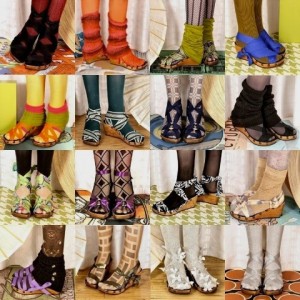





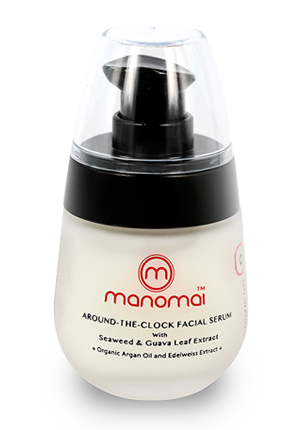
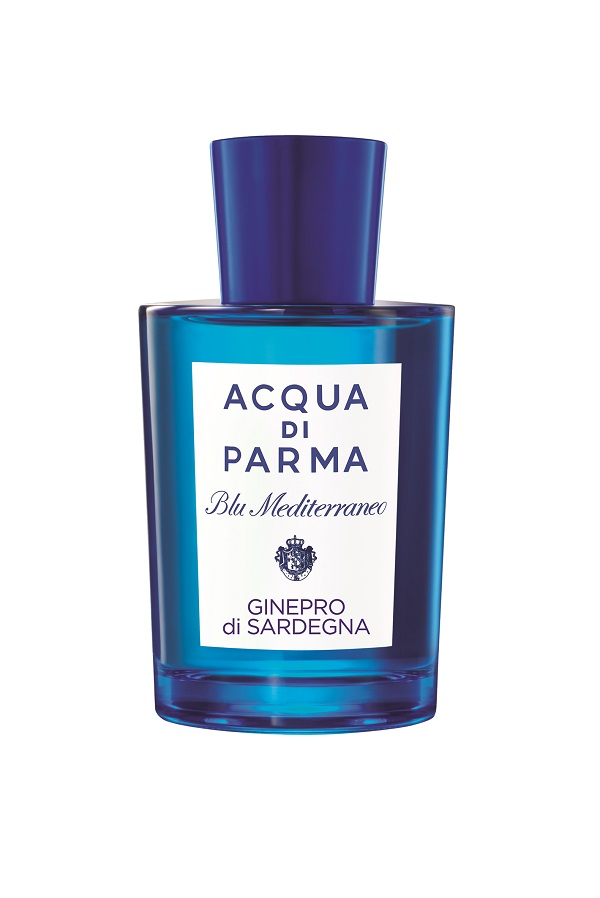









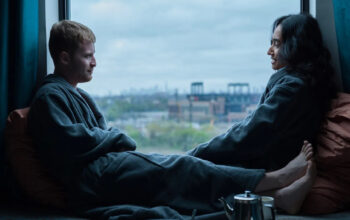






Facebook
Twitter
Instagram
YouTube
RSS